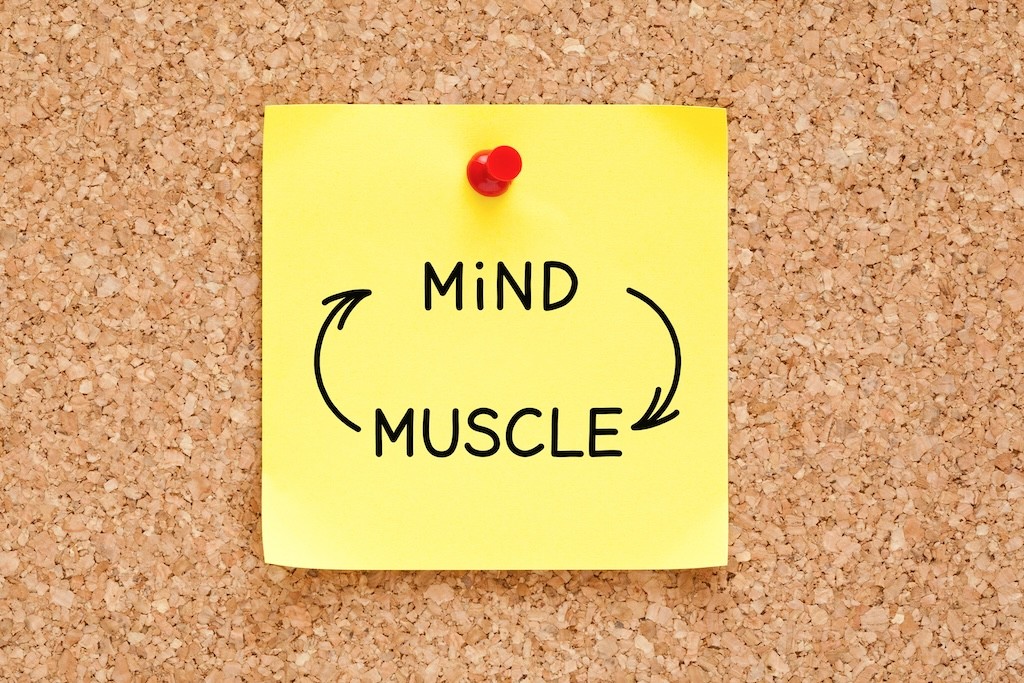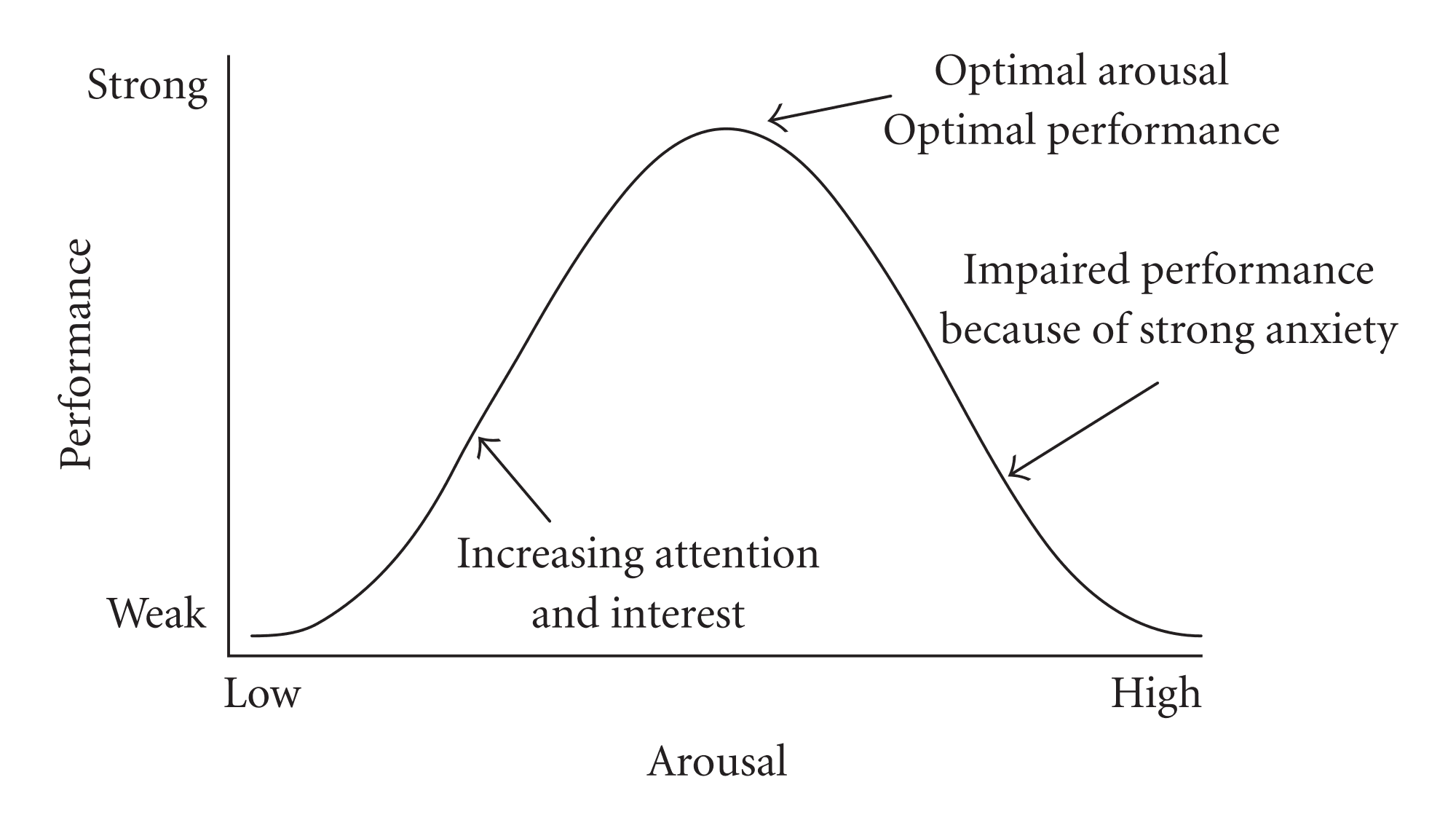Neurofeedback and neuromodulation for peak athletic performance
Discover how neurofeedback and neuromodulation techniques can optimize brain function for peak athletic performance. EEG Biofeedback for ADHD included.
Feb 14, 2024
In our pursuit of peak performance, it pays to seek balance, finding equilibrium between inner and outer development. Here in Silicon Valley, success usually hinges on intellectual prowess and knowledge work, and it can be easy to overlook the significance of physical well-being and performance, underscoring the importance of integrating eeg biofeedback or neuromodulation for cognitive enhancement. But if we turn to ancient wisdom, we can see that true excellence emerges from the synergy between mind and body.
In ancient Greece, sport was an integral part of education, shaping the minds and bodies of young citizens. Physical education, or "gymnastics," was essential for cultivating virtues such as discipline, courage, and camaraderie. Through activities like running, wrestling, and javelin throwing, young Greeks not only developed physical strength but also learned important life lessons about competition, teamwork, and self-improvement. Just as Pythagoras balanced mathematical genius with boxing, and Plato merged philosophical insight with wrestling, today we can thrive by cultivating a well-rounded approach to personal growth and performance.

The traditions of the East also offer profound insights into the integration of mind and body, practices which today could be augmented with neurofeedback therapy to hone mental focus and inner calm. In disciplines like martial arts, such as Tai Chi and Qigong, practitioners learn to harmonize breath, movement, and spirit. These practices emphasize not only physical strength and agility but also mental focus, inner calm, and spiritual alignment, enhancing brain function in their own way. By incorporating elements from both Eastern and Western traditions, we can forge a holistic path to peak performance.
No matter what sport you choose, athletic performance extends far beyond physical conditioning alone. Today's athletes are seeking innovative strategies to gain a competitive edge and optimize their performance, and neurofeedback and neurostimulation have proven to be well suited to provide this edge. Recently in the fourth episode of Netflix's Quarterback, Kirk Cousins mentions using neurofeedback to improve his attention, his self-control over mood, and decrease reaction time so he can perform at his best on the field.
Mind Body Connection
At the heart of athletic performance is the mind body connection, and brain training provides an ideal method for gaining greater control over mind body coordination. Many studies have examined how neurofeedback treatment can influence motor learning, for example a very recent study "Neurofeedback training and motor learning: the enhanced sensorimotor rhythm protocol is better or the suppressed alpha or the suppressed mu?" by Afrash et al., 2023 provides an example of enhancing golf putting performance. The research found that enhancing the sensorimotor rhythm at the vertex of the head (EEG 10-20 Site Cz) and suppressing theta in the frontal cortex (specifically EEG 10-20 Site Fz) provided a noticeable improvement in putting accuracy.

For sports that require very specific fine motor control, muscle (EMG) biofeedback training provides an even more nuanced method for enhancing physical performance. By providing real-time information on physiological responses during training and competition, athletes can learn to activate their body more precisely and improve their training.
There are numerous consumer products available to help train enhanced sports performance:
The Halo Sport headset, while no longer available, was quite memorable. The headset used trans-cranial direct current stimulation (tDCS) before training to prime the motor cortex for learning and produced measurable gains in performance.
The Neuropeak Pro breath training belt provides real-time biofeedback on breathing and heart rate, using electrodes to measure heart activity and training you to remain calm under pressure.
The NeuroTracker is a cognitive training system for attention, perception and decision-making, and is interestingly positioned for both sports performance and ADHD, highlighting that the skills we develop in one area of life like sport are often valuable in others.
Virtual reality systems like STRIVR allow athletes to train in virtual reality, training for longer and without the risk of injury.

In our practice we will work with you to map out your strengths and weaknesses and develop a customized training plan that could include benefits for sports performance. By targeting specific brain regions and neural pathways involved in processing somatosensory information, neurofeedback and neurostimulation may enhance sensory perception, proprioception, and motor control. This can lead to improved coordination, balance, reaction times, and overall performance in sports activities that rely heavily on somatosensory feedback, such as martial arts, gymnastics, and ball sports.
Enhanced Focus and Concentration Under Pressure
One of the primary benefits of brain training for athletes is the ability to cultivate laser-like focus and unwavering concentration, even under pressure. In the fast-paced and high-stakes world of sports, the ability to maintain optimal attentional control, which can be enhanced by eeg biofeedback and neuromodulation, can mean the difference between victory and defeat. It's not just a matter of concentration like we need in class or heads down in deep work, but as an athlete we need to be able to perform without being influenced by emotional triggers.
In my third blog post, "Peak Performance is for Everyone," I describe the Yerkes-Dodson law, which describes the relationship between stress and performance, and how we can train this in our practice. By reducing emotional reactivity, inhibiting self-talk, and entering a relaxed mental and physical state we can be ready for action.

Biofeedback products like the HeartMath Inner Balance can help to regulate physiological parameters like heart rate variability, but this isn't always enough to disarm our emotional responses. Held trauma in the nervous system can lead to dysregulated sensory integration, hot-wiring our responses to the fear center of the amygdala, disrupting our performance. Neurofeedback therapy can help modulate this brain activity for better performance. By starting with a comprehensive map of the strengths and weaknesses in your unique brain and nervous system, we can help develop a personal training plan that can help you reach your performance goals.
Improved sleep
Any discussion about athletic performance would be incomplete without a few words about sleep and recovery. Our sleep quality directly influences our performance both in the office and in our sports of choice. We need both mentally restorative and physically restorative sleep to be at our best.

Many of the EEGs that I record and analyze show signs of sleepiness - in fact, it's not uncommon for somebody to enter stage 1 or stage 2 sleep while they sit quietly with their eyes open! So many people are getting good enough sleep, such that Matthew Walker - a renowned sleep scientist and author - has spoken at length about the "Sleep Deprivation Epidemic."
Fortunately, in addition to best practices around sleep hygiene, the neuroscience of sleep is well understood, and in our practice we can identify thinking patterns in your brain that might be impacting your sleep and train healthier patterns using neurofeedback therapy.. Sometimes the usual sleep hygiene tricks – sufficient time after eating, reduced blue light exposure, cool bedroom, etc. aren't enough, and we find that a lifetime of experiences has conditioned our nervous system in a way that we struggle to get enough restful sleep.
Healing and Recovering from Injuries
Sometimes our favorite sports are rough, and we sustain injuries. Thankfully, many of the techniques we use to train the brain can also be used to accelerate healing of the body. Modalities like pulsed electromagnetic field (pEMF) therapy and photobiomodulation (PBM) have found remarkable applications in accelerating the body's natural healing processes, akin to how eeg biofeedback aids in improving brain function. By harnessing the power of electromagnetic fields or specific wavelengths of light, these innovative therapies penetrate deep into tissues, promoting cellular repair, reducing inflammation, and enhancing circulation. These modalities provide a non-invasive, drug-free approach to optimize our health and expedite our journey back to peak performance.

While we do not treat any medical condition, the same pEMF and PBM equipment we use to train your brain can be utilized for physical wellness, enhancing the natural healing process, similarly to how brain wave training aids in mental wellness. In our practice, we can apply pEMF and PBM to your body to accelerate healing injuries while we train your brain.
Finally, traumatic brain injuries can happen due to the nature of many sports. While severe TBIs have long been recognized as catastrophic events with potentially life-altering consequences, there is now growing recognition in the field of milder forms of brain injury, known as mild traumatic brain injury (mTBI) or concussions. While injury resulting from a soccer player hitting the ball with their head repeatedly over years of play may not rise to a severe TBI, an mTBI is possible, even likely. Thankfully, due to neuroplasticity, neurofeedback and neurostimulation have the potential to teach the brain to function optimally again. While we do not treat medical conditions in our practice, in the hands of an appropriate medical practitioner these techniques can be very powerful for recovery from brain injury.
Neurofeedback Training for Peak Performance in All Areas of Life
In the pursuit of peak performance, it's beneficial to strike a balance between inner mental development and outer physical prowess. Just as the ancient Greeks understood the importance of this harmonization, athletes today can benefit from a holistic approach that nurtures both mind and body, especially when they benefit from neurofeedback to enhance brain function. Sport and athletics play a role in promoting health, discipline, and resilience, supporting our own personal hero's journey. Whether you're striving to be a high performer in the office, for podium finishes or simply aiming for a healthier, more active lifestyle, neurofeedback and neurostimulation can grease the wheels to success, empowering you to reach your goals.
© 2023 - 2023 James Croall - All Rights Reserved.
Learn how to break free!
Complete our quick 2-minute assessment to learn more about your key obstacles to peak performance, and explore both self-help solutions and how we can help you become your best self.

